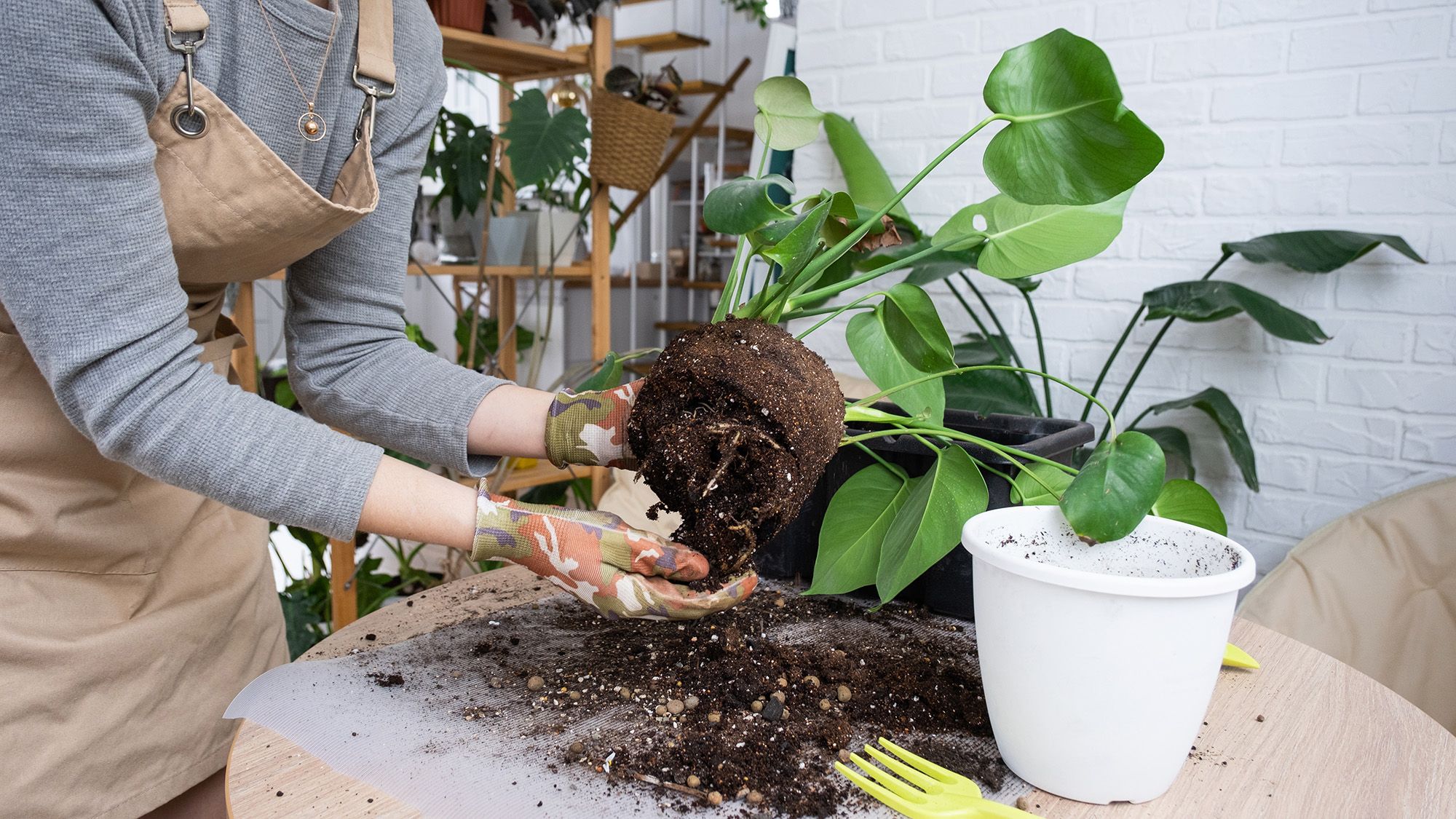Copyright tomsguide

Houseplants have made a comeback in recent years. While people once owned just one or two for a touch of greenery, recent societal changes have helped boost their popularity. The pandemic played a role in this shift, as more people spent time indoors. With many now working from home and not everyone returning to the office full time, houseplants have become more appealing. There’s also been growing awareness of mental health and how nature can improve our well-being by reducing stress and boosting our mood. But with this surge in popularity comes a common problem: not always knowing how to care for houseplants properly. Despite our best efforts, a once lush and vibrant plant can quickly turn into a dull, droopy version of its former self. It’s surprisingly easy to do the wrong thing at the wrong time — even for experienced plant owners like me. I’ve always owned and cared for a bunch of houseplants, but I still make some mistakes. That’s why I called on Hernan Morales, owner at Maryosucculents, to share the one common mistake people make with their houseplants in the fall — and seven pro tips to do instead. Fall is the worst time to repot your houseplants “As tempting as it is to give plants a fresh home if they’re looking a little down in the dumps, fall and winter are actually the worst seasons to repot your indoor plants,” says Morales. I’m guilty of making this mistake just a couple of weeks ago, so I was curious to learn why fall isn’t the ideal time to do it. “As summer daylight fades and temps drop, most houseplants enter a slower growth period, which means they are more susceptible to trauma to their gentle roots and stems,” explains Morales. He adds, “Repotted plants need water for their roots to settle into their new home, but in this slower growth phase, plants can't absorb water efficiently, which can lead to root rot.” Unfortunately, not all plants can bounce back from this kind of stress, which can cause wilting, leaf drop, or even death. When is the best time to repot houseplants and why? Instead of repotting your houseplants in the fall, Morales recommends doing so between late winter to early spring. “A fresh repot ahead of the growing season helps plants take full advantage of new soil to build strong, healthy root systems,” he says. How to care for your houseplants in fall — 7 expert tips 1. Add some air Improving your plants’ aeration will ensure healthy growth, but how do you do it? “Carefully poke vertical holes into the soil with a chopstick, pencil or small gardening fork," Morales advises. "This helps to manually create air pockets and helps to quickly allow oxygen and water to reach your plant’s roots.” The process will also improve drainage, which can be improved further by mixing in some perlite or vermiculite to the soil. 2. Prune and tidy up Just as leaves are falling outside, Morales says the same renewal should happen inside your home. “Houseplants have a natural cyclical rhythm, and they rely on you to help maintain it,” he says. When pruning your indoor plants he suggests focusing on the lower leaves and stems with lots of foliage — and removing away any that are yellowing or browning. “Much like trimming the ends of your hair, this allows your plant to redirect water, nutrients, and energy to the areas that need them most,” he explains. Top tipMake sure your best pruning shears and both clean and sharp before making a cut. 3. Water less Morales explains that houseplants need less water in the fall, when the temperature cools and the light levels drop. “There’s less evaporation and too much water can lead to root rot,” he says. Instead of sticking to a fixed watering schedule, he suggests only watering your houseplants when the top couple of inches of soil feel dry. Top tip Use room temperature water and let it run until it drains from the bottom of the pot — this prevents a buildup of moisture that can lead to root rot. 4. Clean the leaves Don’t forget to clean your plant’s leaves. Morales explains that when dust settles it can block vital light needed for photosynthesis. “Be sure to gently wipe leaves with a damp, soft cloth regularly, which not only helps the plant breathe and improve air filtration but also keeps them looking healthy and vibrant,” he adds.A microfiber cloth will be perfect for the job, while you can use them for many other household purposes. You can buy a pack of 24 Microfiber Cleaning Cloths for $17 at Amazon. 5. Check for pests and white mold Dry winter air can invite unwelcome guests like spider mites and gnats, so Morales recommends giving your plants regular check-ups by peeking under leaves and around stem joints where pests like to hide. And if you see webbing, discoloration, sticky residue, or other abnormalities, he advises isolating the plant right away — before it spreads to the rest of your plant family. “Remove pests with a tweezer or a rubbing alcohol-dipped cotton swab, and if they persist, insecticidal soap or neem oil goes a long way,” he adds. 6. Be cautious with fertilizer During the slower growth months, Morales says that houseplants can’t properly absorb extra nutrients. For this reason he says, “Hold that fertilizer until spring and avoid the dreaded "fertilizer burn” where the buildup of excess salts draws moisture out of the plant's roots, turning leaves brown and wilted.” 7. Get musical According to a study by Joël Sternheimer, a French physicist and musician, and reported in NewScientist, plant height and biomass increase by 20%-72% when classical music is played. “Turning on some classical music for about 5-10 minutes per day near your plants can help their seasonal depression and ensure they transition beautifully through the fall and winter months,” says Morales. Listening to classical music might be good for your mood too, but I can’t guarantee it will make you taller. Follow Tom's Guide on Google News and add us as a preferred source to get our up-to-date news, analysis, and reviews in your feeds. Make sure to click the Follow button! More from Tom's Guide 7 best low maintenance plants5 low-light houseplants to brighten up your home this winter — recommended by an expert'The bathroom can actually provide the perfect conditions to keep an array of greenery happy and healthy' — experts share 3 varieties that will thrive



